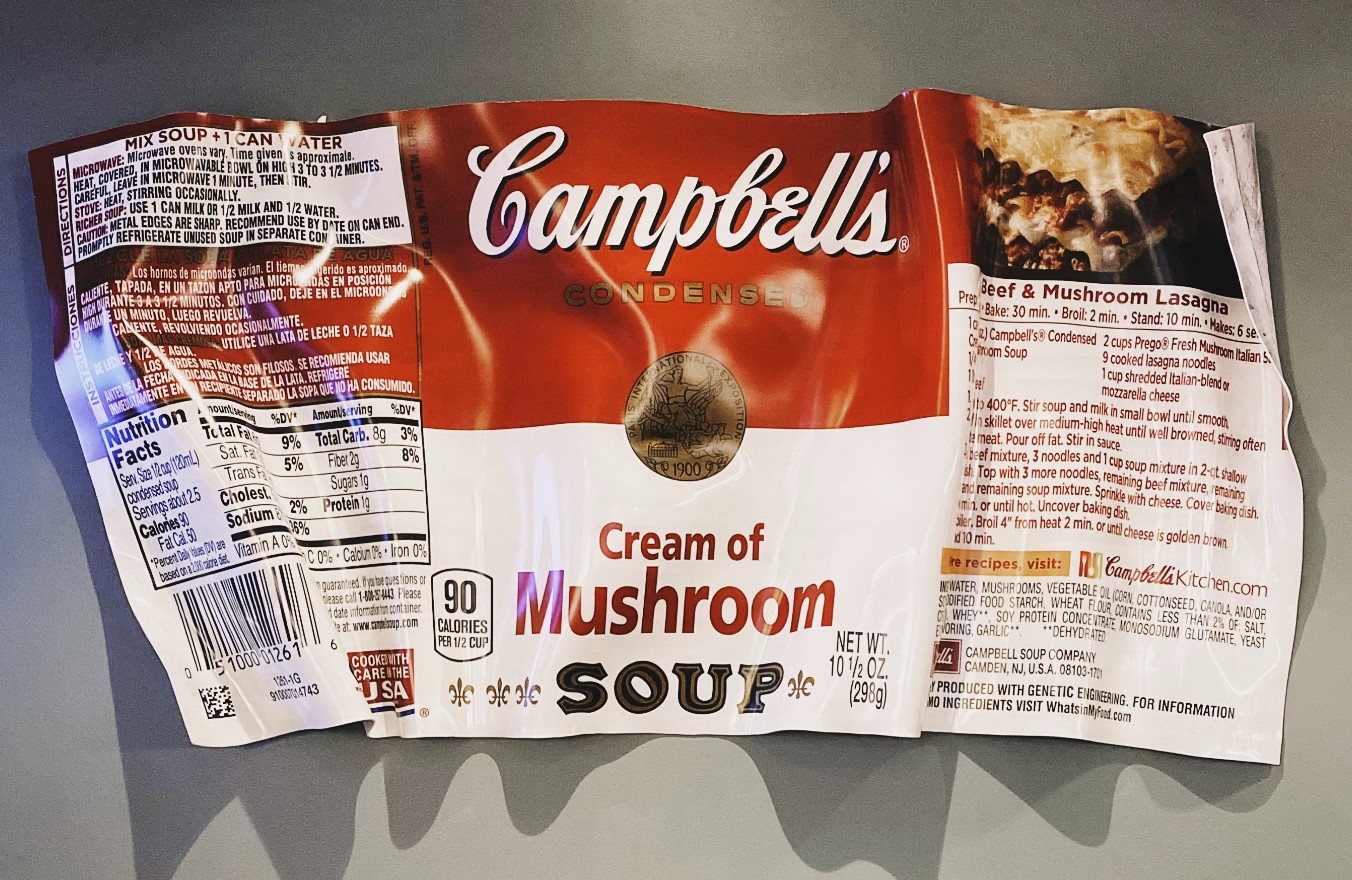In today’s fast-paced world, food labels can be an overwhelming assortment of information and health claims. Terms like “reduced sugar,” “low fat,” and “light” tend to mislead health-conscious individuals. Understanding food labels is an essential skill to make informed decisions and ensure you’re consuming the right balance of nutrients. In this article, we’ll delve deeper into the dimensions of food labels and provide guidance on deciphering sugars, carbohydrates, and fats.
Understanding the Food Label
Before diving into specific nutrients, it’s essential to understand the layout of a standard food label in the U.S., known as the Nutrition Facts label. Here’s a quick breakdown:
- Serving Size and Servings per Container
- Calories
- Percent Daily Value (%DV)
- Key Nutrients: total fat, saturated fat, trans fat, cholesterol, sodium, total carbohydrate, dietary fiber, sugars, and protein
Sugars
Sugars on a food label are expressed in grams (g). The “total sugars” line includes both natural and added sugars. However, the 2020 Nutrition Facts label update in the U.S. requires added sugars to be listed in grams and as a percent daily value.
The American Heart Association advises limiting daily added sugar intake to no more than 36g (about 9 teaspoons) for men and 25g (about 6 teaspoons) for women. Aim for foods low in added sugar and opt for a whole-food approach. The higher fiber content of these options helps slow down your body’s sugar absorption and provides more sustained energy.
Carbohydrates
Of the three macronutrients, carbohydrates tend to be the most confusing, particularly when decoding carbohydrate types, such as simple and complex carbs, fiber, and starch. Look for products containing at least 3g of dietary fiber for every 15 grams of total carbohydrates, which indicates a complex carbohydrate source. Be cautious with high-starch foods, as they can impact your blood sugar levels and overall health.
Fats
Fats, another key nutrient on food labels, are listed as grams (g) and percent daily values (%DV). Prioritize unsaturated fats, such as monounsaturated and polyunsaturated fats found in nuts, seeds, fish, and vegetable oils. These have a positive impact on your heart health. Limit your saturated fat intake to less than 10% of your total daily calories. Trans fats should be avoided, as they contribute to heart disease and are linked to increased levels of LDL (bad) cholesterol.
The Six Ingredient Rule
As a general guideline, if a packaged food contains more than six ingredients, it’s likely processed and contains synthetic components. Labels with numerous sugar alcohols or unclear terms suggest a less healthy option. Opt for foods containing fewer ingredients, especially whole ingredients, which have a better chance of benefiting your health.
Tips for Reading Food Labels
- Pay attention to serving sizes
- Use the percent daily value as a guide for meal planning
- Prefer products with real foods, whole grains, and minimal added ingredients
- Steer clear of buzzwords like “sugar-free” and “fat-free” – read labels and understand the contents
- Opt for lower sodium options
Wrap-Up
Interpreting food labels to decipher sugars, carbohydrates, and fats is a crucial step in maintaining a health-conscious lifestyle. By armed with the right knowledge, you’ll become empowered to make informed decisions about the foods you consume, ultimately supporting your health and well-being goals. Armed with this newfound expertise, continue nurturing your mind and body through conscious food choices.




